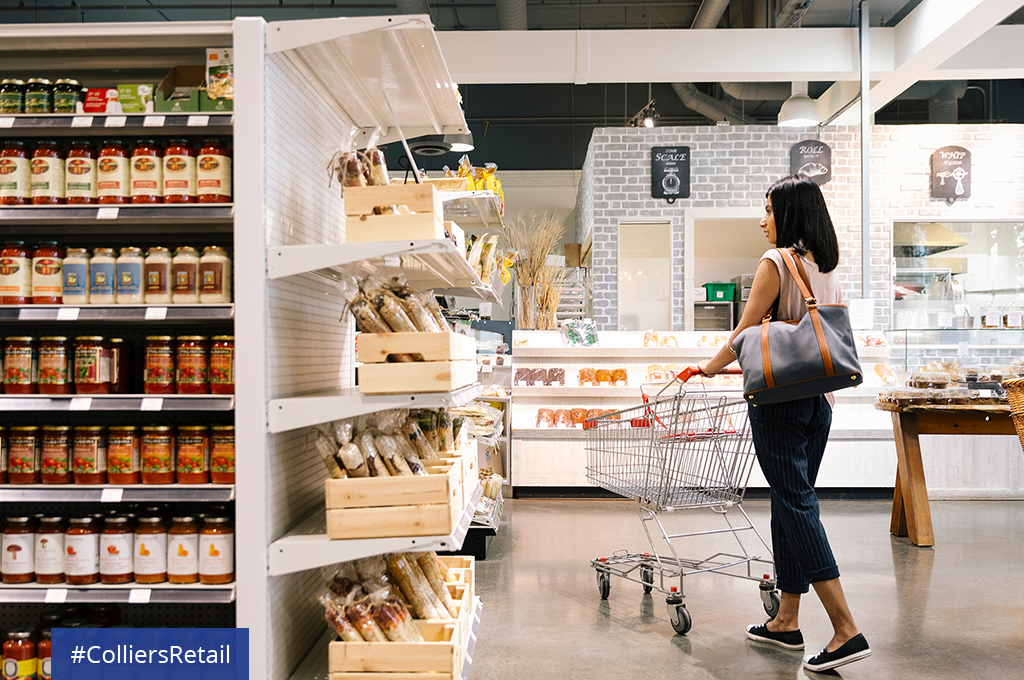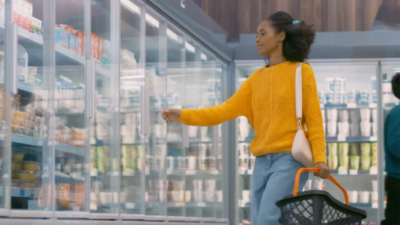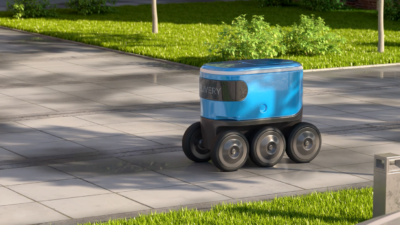Inflation is currently driving most of the growth in retail with overall sales increasing by 8.9% over the prior year in June as consumers begin to cut back on discretionary purchases. At the end of the second quarter, consumers began to purchase fewer products but paid more for them, as they increasingly turn to credit cards and savings to support essential expenditure. There is also a shift in what people spend on, with much of the growth being driven by essential products where consumers have little choice but to accept higher costs. Over the last three months, gas spending accounted for 12.8% of the average household’s retail spend.
General retail and neighborhood centers benefited from the strong growth in demand from restaurants, grocers, discounters, and big-box retailers, which led to 19 million square feet of space absorbed in the second quarter. Retailers signed nearly 19,000 individual leases spanning 64.3 million square feet, and leasing activity continues to improve as retailers open more stores, with growth being driven by the demand for smaller spaces. The national retail vacancy rate dropped ten basis points during the second quarter and stands at 4.4%.
4.3 million square feet of new retail space was delivered in the second quarter of 2022 and an additional 59.6 million square feet is currently under construction. During the past year, over 75% of the space delivered was leased before delivery to national tenants, with a majority of that space consisting of build-to-suits and smaller freestanding properties. Retail development is projected to continue in actively growing metros; however, these metros are seeing measured increases in new supply, with no U.S. market having recorded even a 1% increase in new supply over the past year.
Landlords have been reporting more substantial pricing power, while positive momentum in REIT leasing spreads is signaling additional growth is likely on the horizon. Average retail asking rents rose to $23.27 per square foot in the second quarter, an increase of 1.6% over the quarter. Though nominal growth has been strong, the real rate of rent growth over the past year was -2%, as rent growth has failed to keep up with inflation since the start of the pandemic. Retail owners in strong locations will likely be able to beat inflation as leases roll, and tightening economic fundamentals are expected to push rents higher throughout the second half of the year.

Download the U.S. Retail Market Statistics infographic here: 2Q22-Retail-Stats.

 Nicole Larson
Nicole Larson

 Anjee Solanki
Anjee Solanki
